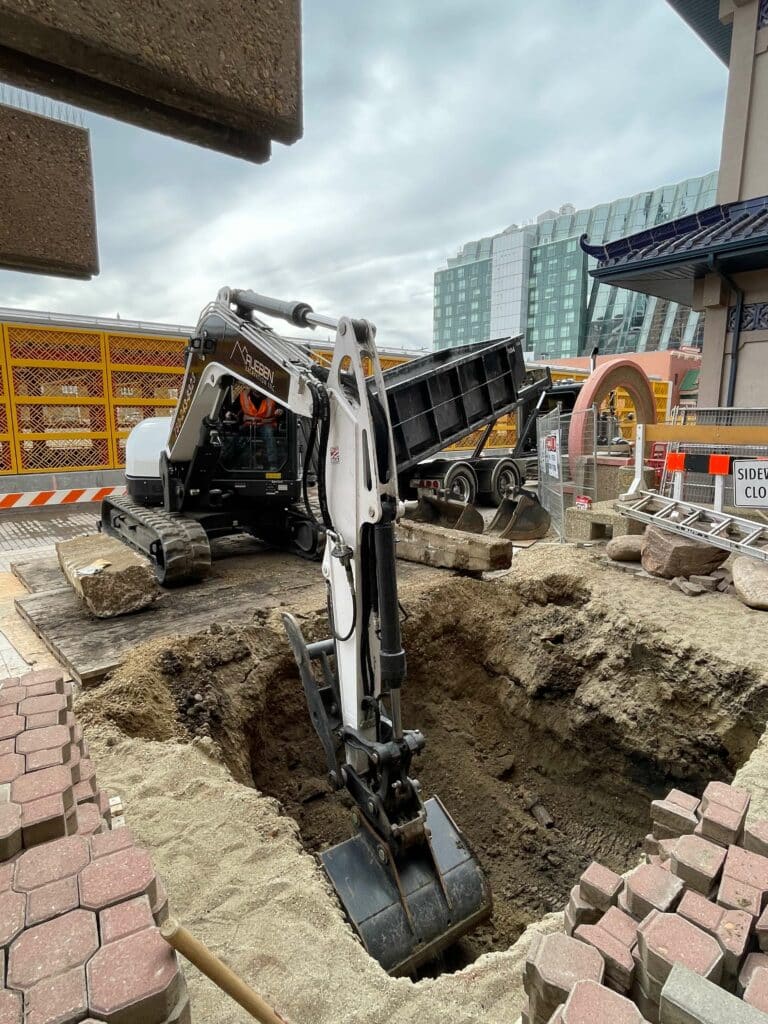Responsive Emergency Utility Repair in Dallas, TX
Emergency Utility Repair

Responsive Emergency Utility Repair in Dallas, TX
Rueben Group knows the stakes: a day without utilities can mean chaos for homes and businesses alike. That’s why our team is geared up and ready to roll at a moment’s notice, bringing top-tier utility repair skills to the table. When your property is in dire need of emergency utility repair in Dallas, TX, don’t hesitate to call the Rueben Group team at 945-227-1077. We’ll get the work done fast without compromising on the quality of our repairs.
Rueben Group for Emergency Excavation
Rueben Group is well-known for its reliability and expertise, particularly in managing emergency utility repairs in Dallas, TX. When you enlist our services for urgent utility issues, you can count on our team to provide prompt and efficient repair solutions.
Why Call Our Team for Emergency Utility Repair?
Our seasoned team brings to the table a robust combination of experience, technology, and dedication, ensuring that every emergency utility repair is tackled head-on with efficiency and expertise. It’s about rolling up your sleeves and diving deep into the problem, providing reliable solutions that keep the whole of Dallas running smoothly. With over 17 years of service in our industry, our team here at Rueben Group has cultivated each team member’s ability to diagnose issues rapidly and execute repairs that not only fix the immediate problem but also safeguard against future disruptions.

Our Emergency Utility Services
When utility lines go down, quick and decisive action is vital. The Rueben Group team is on call, ready to respond with the tools and expertise needed to tackle any challenge head-on. Whether it’s diagnosing the heart of the issue, executing precise repairs, or replacing compromised systems, our team can be there for your property in utility crisis situations.

Assessment
The initial step towards tackling any emergency utility repair in Dallas and the surrounding areas of Texas begins with a comprehensive assessment. The crew hits the ground, equipped with top-notch technology, ready to weed out the root cause of your utility problems with eagle-eyed precision. It’s about getting a clear picture of what’s wrong so the crew can fix it right.
By focusing on diagnosing the issue correctly from the start, we can ensure that the repairs are carried out correctly and efficiently, ultimately saving both time and money for you in the long run.
Repair
Issues like root intrusion, corrosion, or cracks can severely impact the functionality of utility systems, leading to the need for urgent repairs. At Rueben Group, we quickly diagnose these issues, understanding their origins—whether they stem from natural wear and tear, environmental factors, or unforeseen damages. Our repair process involves not only addressing the immediate problem but also employing preventative strategies to ensure a long-lasting solution.
For example, if root intrusion is identified as the cause of a sewer line blockage, our team not only removes the roots and repairs the damage but also advises on future landscaping to prevent recurrence.
Replacement
Sometimes, the extent of damage or the age of the utility system makes repairs impractical or a temporary fix at best. Issues like severe pipe corrosion, extensive root damage, or outdated materials can necessitate a complete system replacement. In such cases, Rueben Group steps in with replacement services designed for longevity and reliability. We don’t just replace the old with the new; we conduct a thorough analysis to understand the specific needs and challenges of Dallas properties. This ensures that every replacement is not merely a stopgap but a long-term solution crafted to offer superior performance and durability. For example, when replacing water lines compromised by corrosion, we opt for materials resistant to future corrosion and better suited to the local environment, ensuring the longevity of the new system.
Prevent Future Utility Emergencies With Rueben Group
Preventing future utility emergencies starts with the forward-thinking strategies that Rueben Group meticulously employs. Whether your underground utilities need a quick and effective patch-up or a total replacement, we’ll ensure that our repair solutions last you and your property for years to come.

We’ve Got You Covered for All Your Utility Repair Emergencies
When utility lines start acting up, you need to know one name: Rueben Group. Our team hits the ground running, bringing a level of expertise and speed to each emergency that’s hard to beat.
When the unexpected hits and you find yourself in need of emergency utility repair in Dallas, TX, give our team a call at 945-227-1077. Alternatively, you can reach us online if the issues with your underground utilities aren’t an immediate emergency.
Other Services
Emergency Utility Repair
Emergency Sewer Line Repair
Sewer and Water Line Installation
Leave Your Sewer & Water Utility Work To Us!
As we expand across the Dallas-Fort Worth Metroplex we are always looking to develop new relationships and partnerships. If you have a project in mind, give us a call today and see how we can be of service to you!
You can get in touch with our team by phone at 945-227-1077 or by requesting a quote online now.

